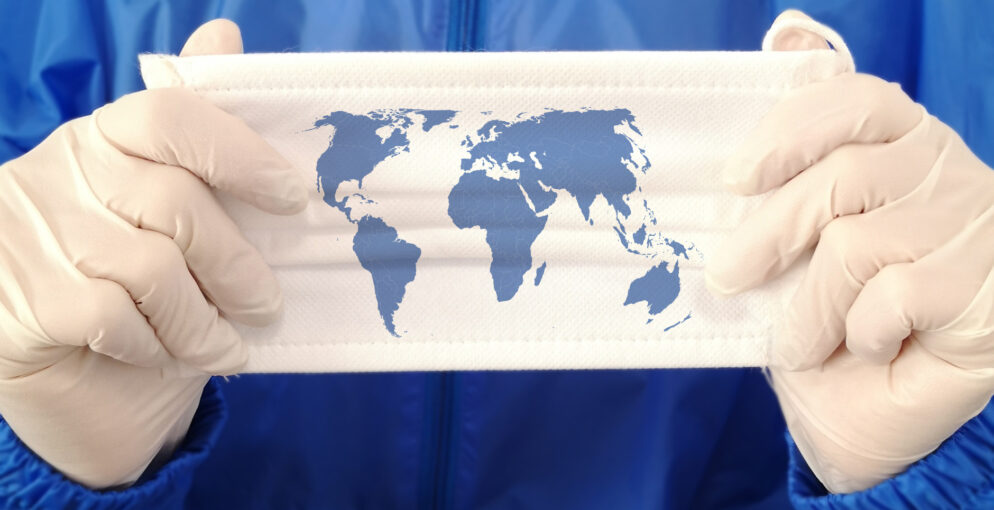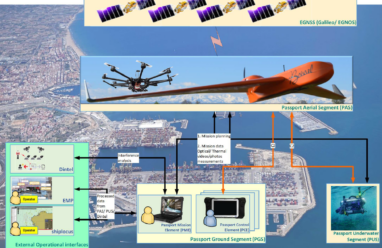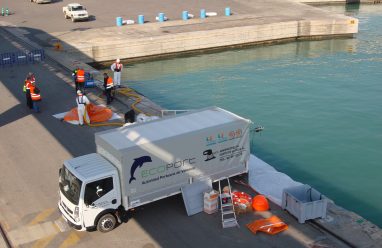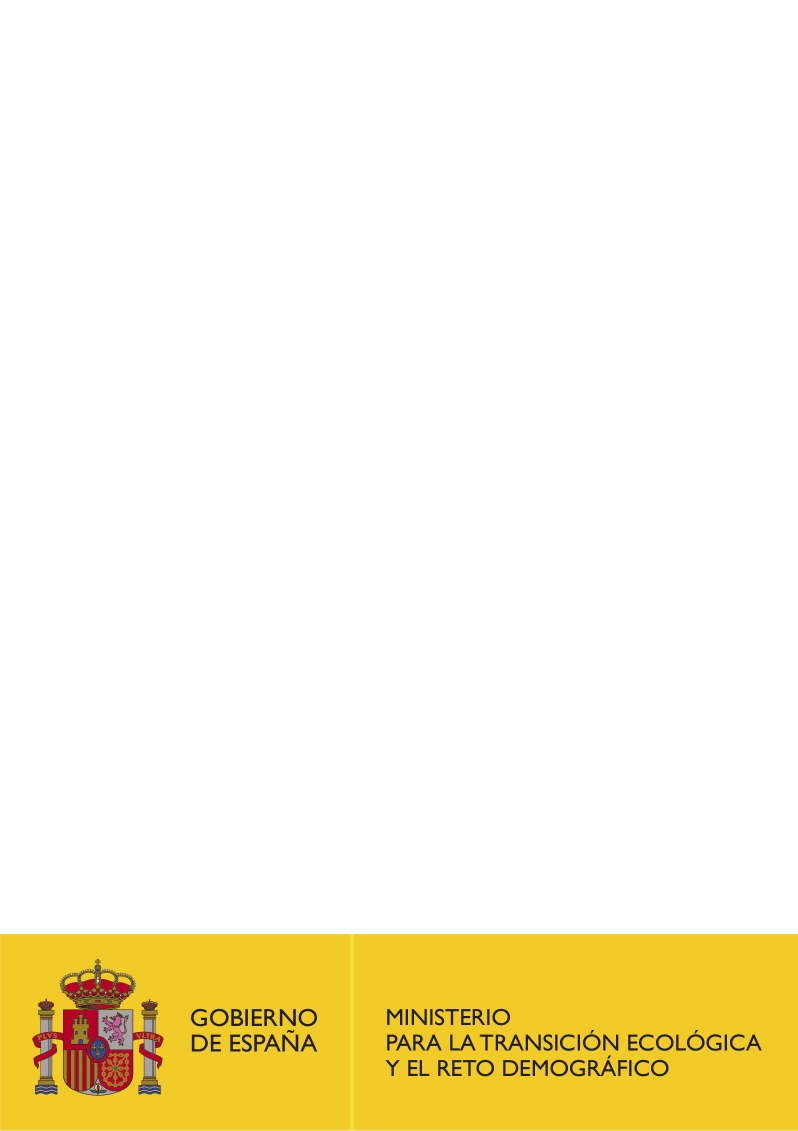The coronavirus disease pandemic (COVID-19) began in December 2019, caused by the severe acute respiratory syndrome coronavirus 2 virus (SARS-CoV-2), and was recognised by the World Health Organisation (WHO) as a global pandemic on 11 March 2020, with a presence on all five continents.
Although COVID-19 is the first major virus of the 21st century to appear without an immediate cure, we have many other examples of recent pandemics such as the 2009 pandemic influenza (H1N1), the 2011 Escherichia Coli outbreak in Germany, the Ebola virus in 2014, the Zika virus in 2016 or the West Nile virus in the countries of Southern and Eastern Europe in 2019, which show how new infections can emerge at any time.
The main objective of the STAMINA project is to propose a set of decision support technologies for the prediction and management of pandemics within/outside EU borders. In this context, and due to the constant entry and exit of passengers from outside the EU by means of cruises or ferries (e.g. the Algeria-Valencia ferry, or in other ports in cross-strait operations, etc.) as well as the possible disembarkation and care of refugees, it is necessary to provide ports with crossing areas and advanced tools to manage the health safety of people by preventing potential contagion of infectious diseases (e.g. Ebola), as well as their spread.
Therefore, STAMINA proposes the demonstration of technologies and strategies that improve the capacity to respond to potential risk situations in the face of limited biosecurity/biodefence certification, reports of inadequately trained/trained health personnel for an appropriate reaction to a pandemic and its consequent danger of spreading certain diseases.
Specific objectives include the following:
– Develop an inventory of best practices and guidelines to improve preparedness, response and action in response to risk situations.
– To provide stakeholders with innovative diagnostic tools with advanced visualisation and incorporating more accurate predictive models for EU decision-making.
– To increase diagnostic capabilities.
– Establish cooperation between EU Member States and neighbouring countries.






